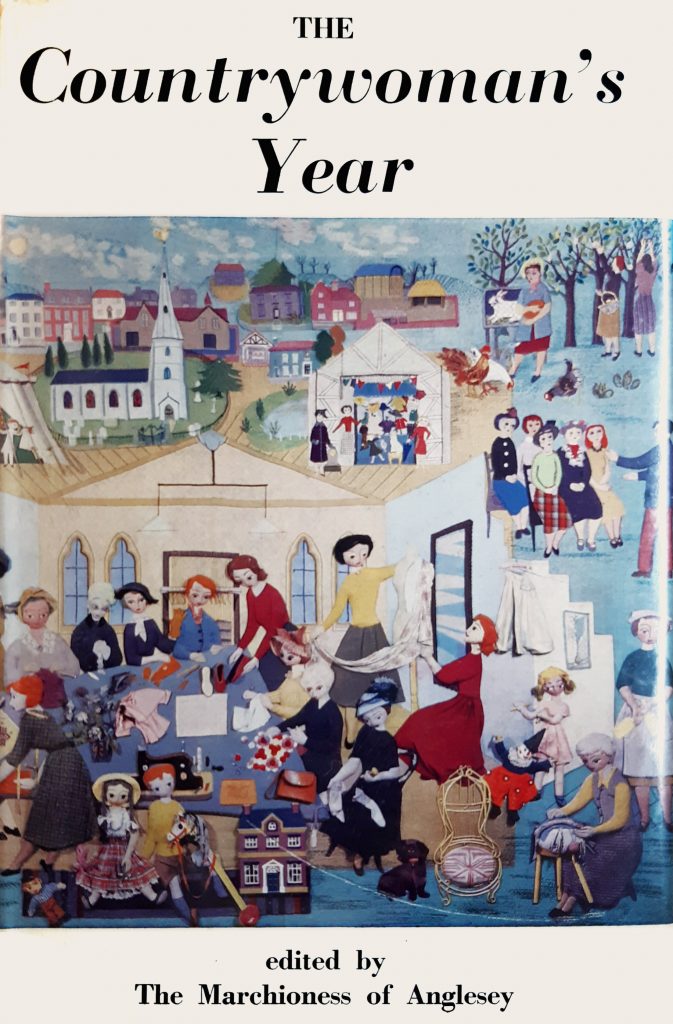
Last week, in a box outside a bookshop I found this book for a pound. It is the The Countrywoman’s Year, 1960. Paid for by the Women’s Institute, it is a curious book of crafts, recipes, instruction and advice on making wine, beekeeping, growing indoor plants and all the mumsey crafts of made-do-and-mend. Why it is singled out to appear on my blog? Because it is peppered with Eric Ravilious illustrations. I am unsure how, or why, but I would guess that the illustrations were in the sample books of the Curwen Press and in those days you had books of designs and devices used by the press, as well as typographic books too, a high class version of clipart.

The title page image is a thresholded image of Raviliouses design for Wedgwood’s Garden design. Appearing on a soup bowl, the print likely taken from the transfer plate would have been reversed as in the book.
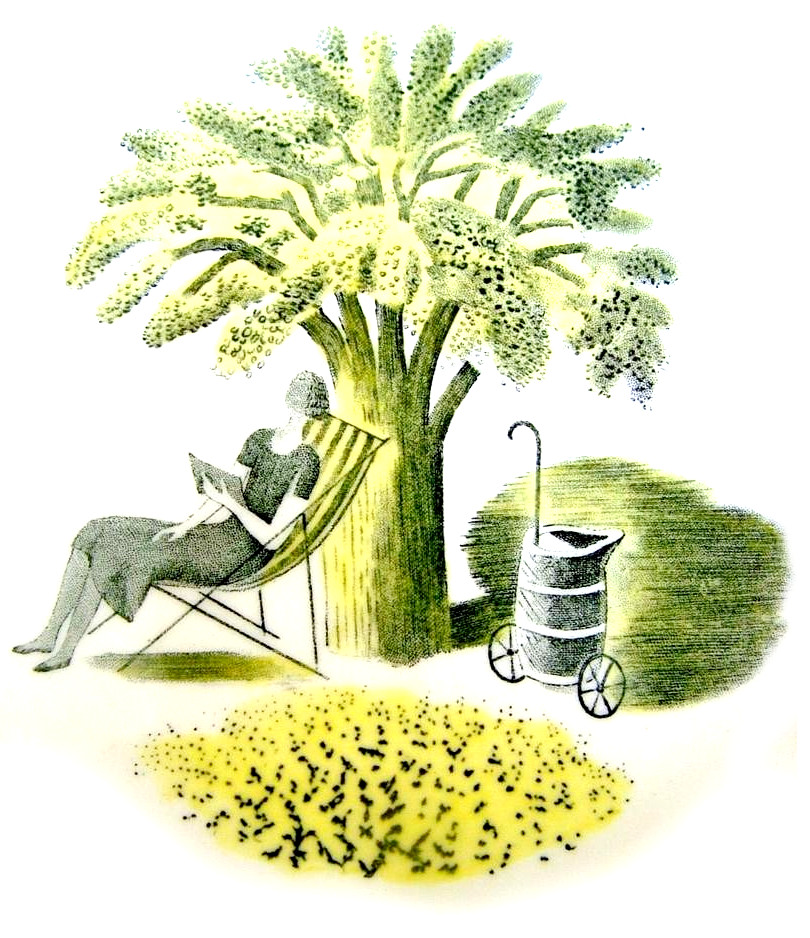
The image below appears on the back of the contents is The Village, for the cover of a journal by the National Council of Social Science, 1933.
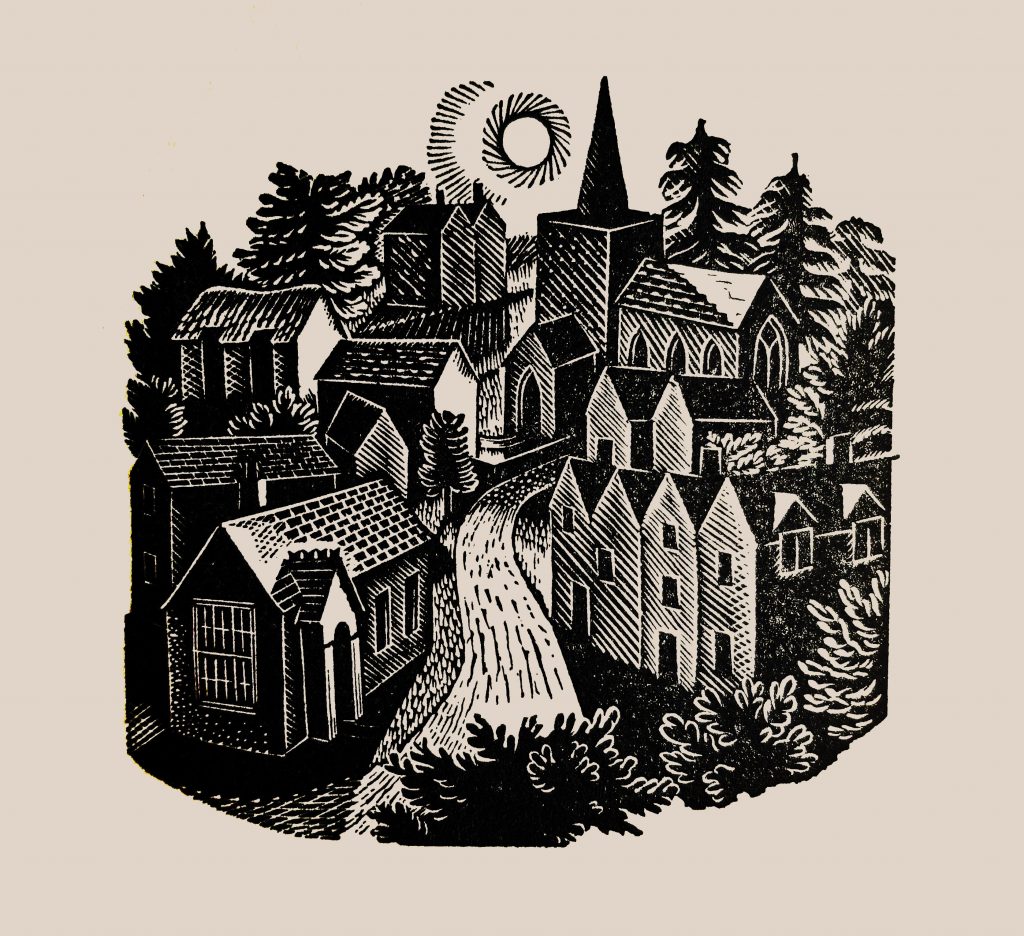
Below is a design for Wedgwood again, but this time for a Lemonade set in 1939. You can see how the image appeared on the jug when it was first released and how it looks without the enamel colouring over the top.
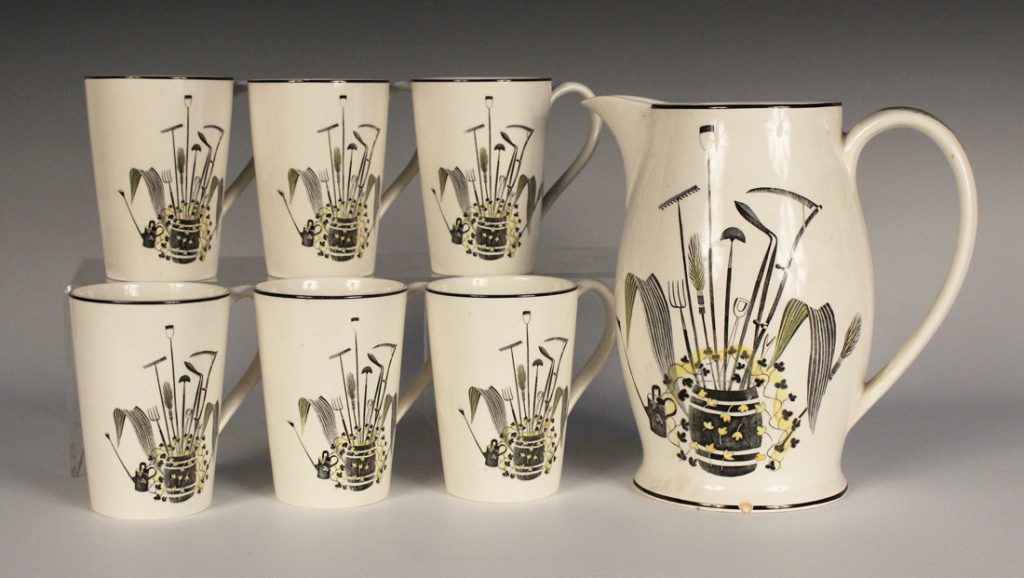
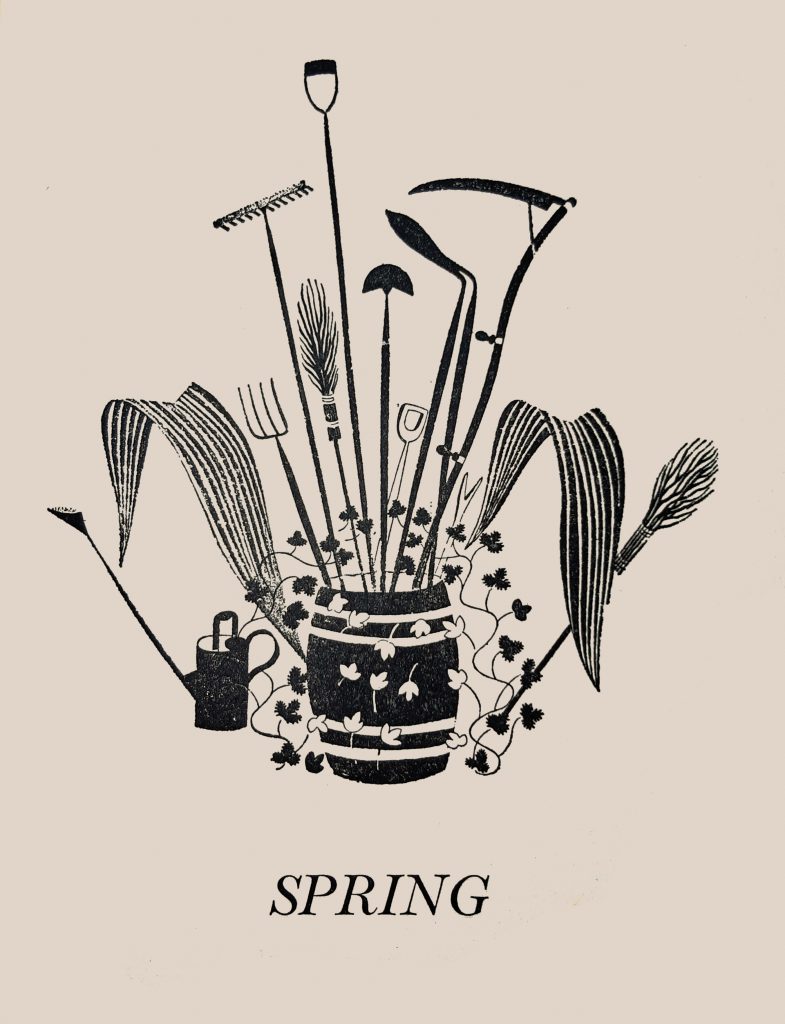
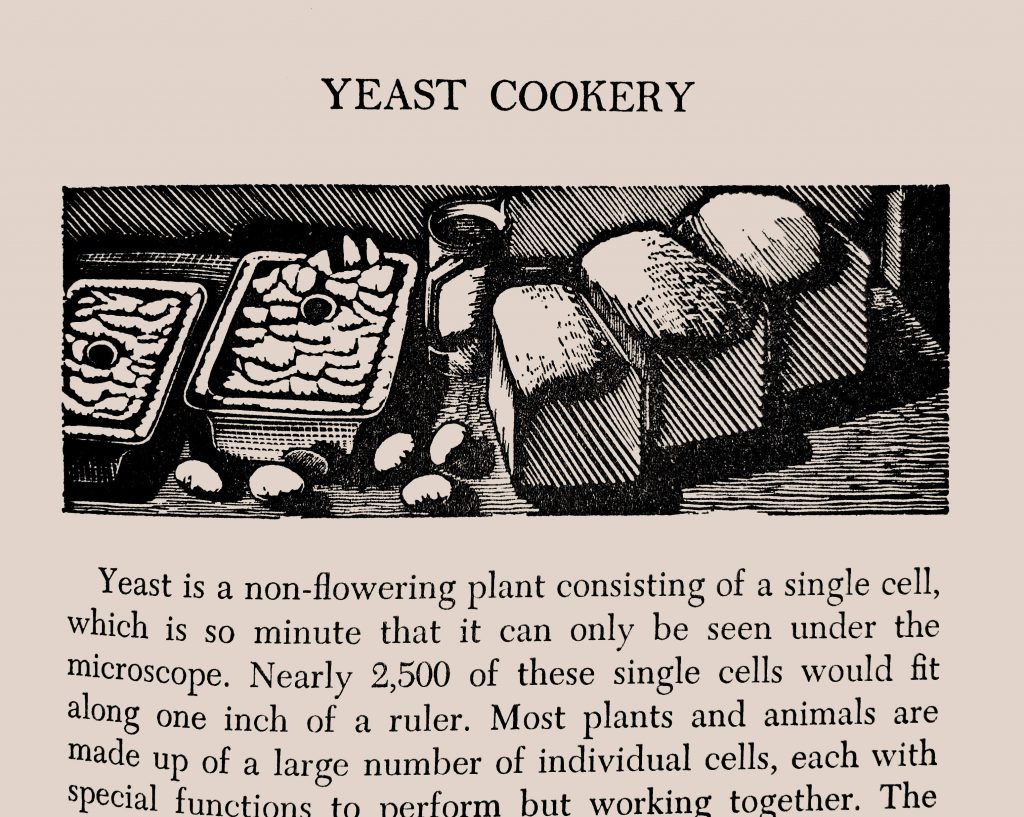
The baking kitchen scene is a December Headpiece to a calendar in The Twelve Months, by Nicholas Breton, ed. Brian Rhys and published by the Golden Cockerel Press, 1927. The image below of the dustpan is from the same book and is the headpiece for February.

The block below of pancakes in a pan is from the Kynoch Diary 1933 that Ravilious illustrated in 1932, it’s title is Block 122. The book is below.
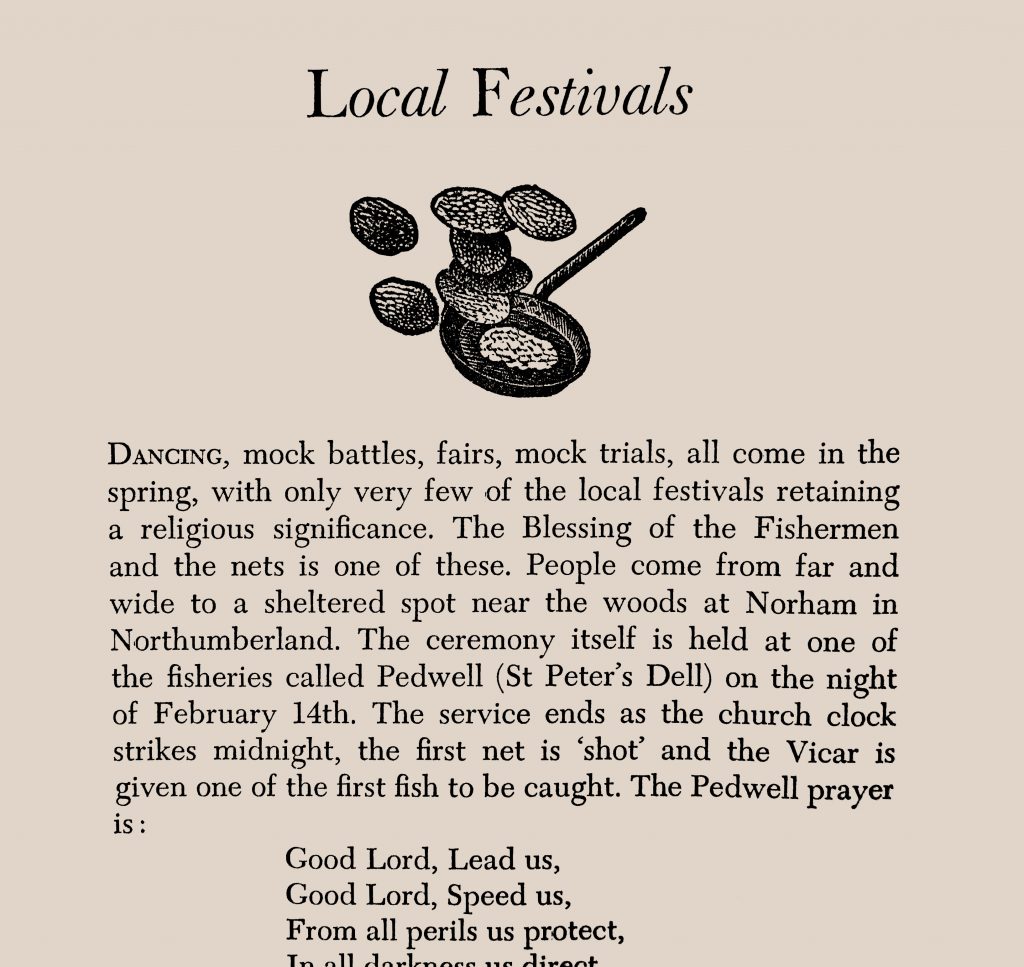
Below is another block from the Kynoch Notebook, this time, Block 110

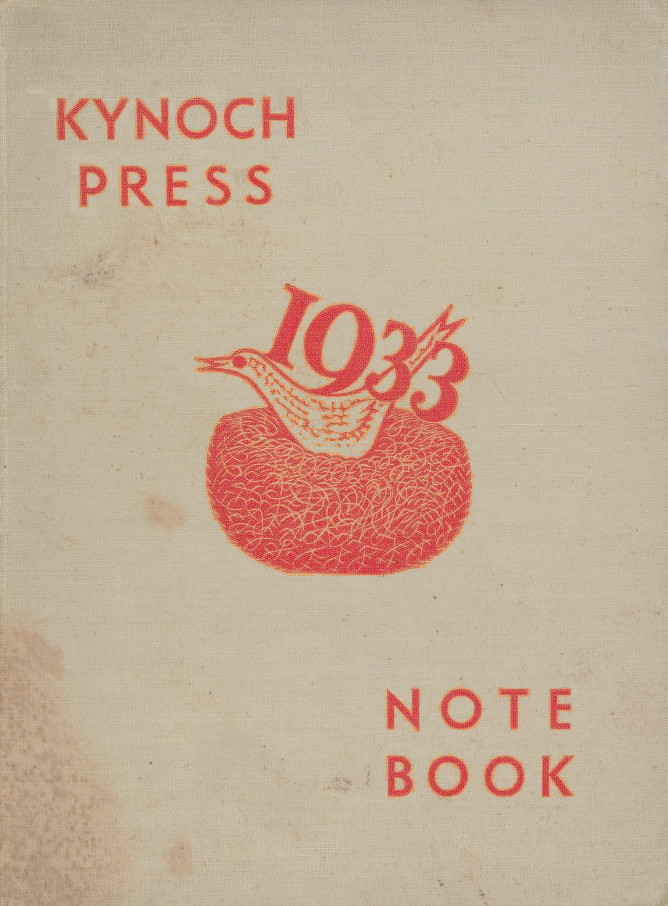
Kynoch Press, 1933 illustrated by Eric Ravilious.
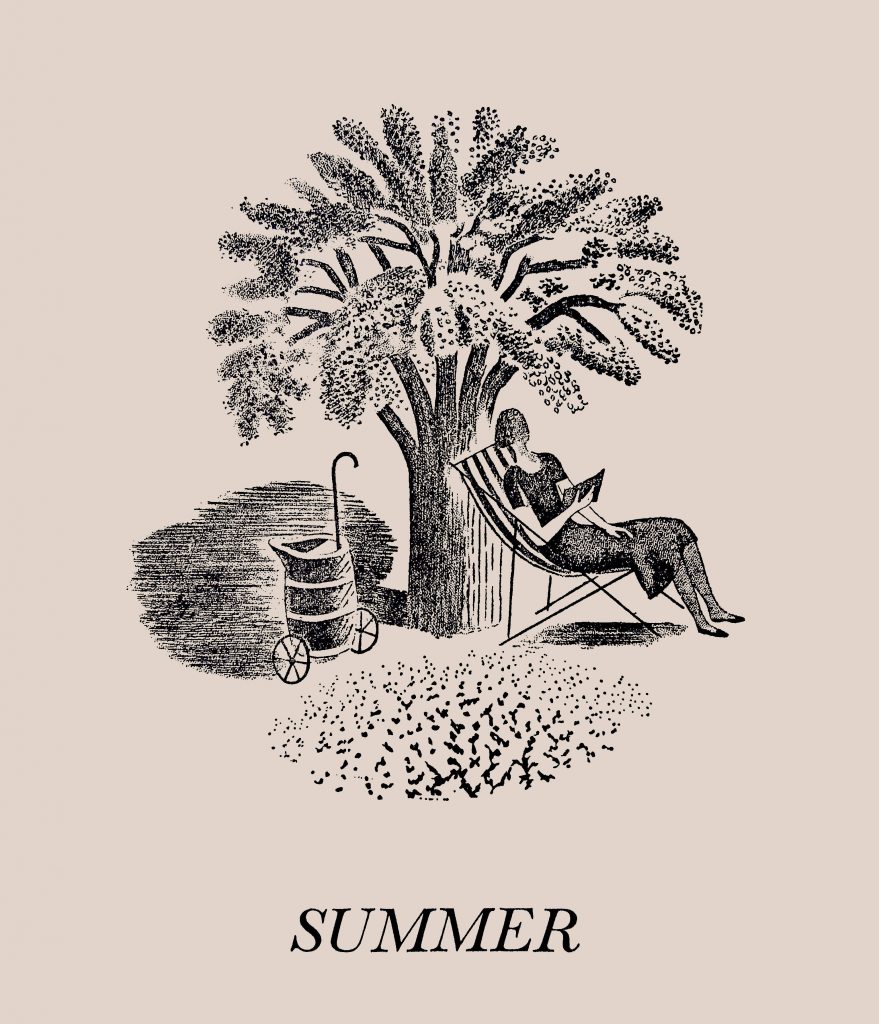
The illustration for summer is a larger version of the title page image, and the illustration as previously seen for Wedgwood’s Garden plates.
The illustration by Eric Ravilious below was originally used for the Country Life Cookery Book, June, 1937.
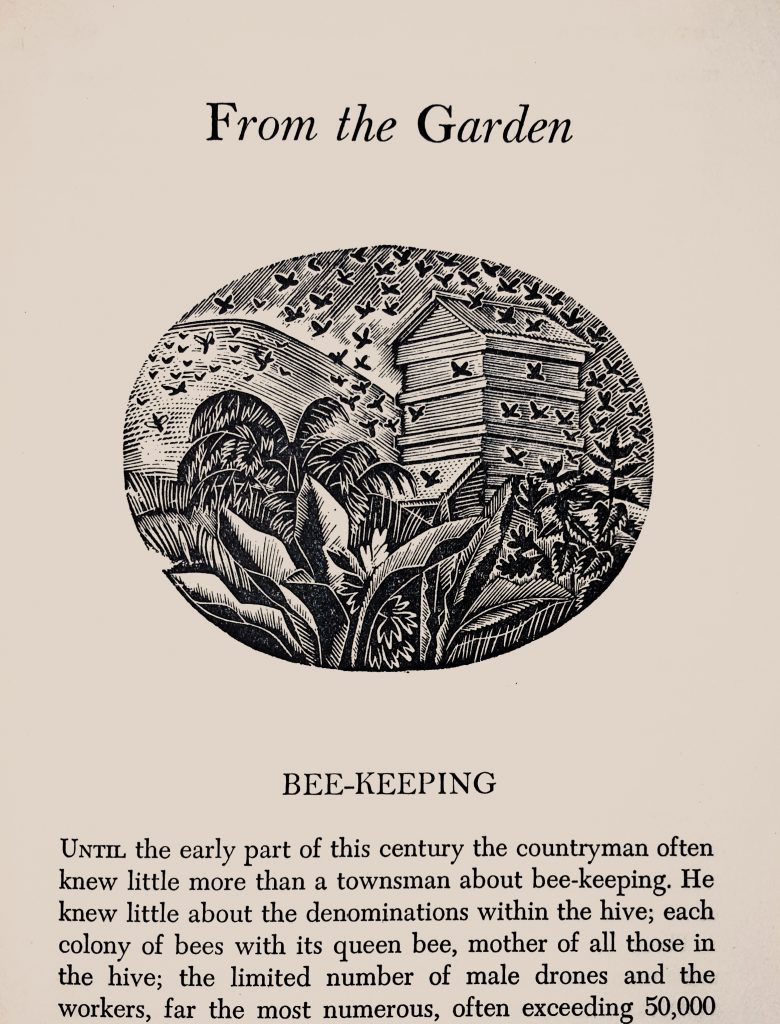
The wood engraving below was a bit of a mystery, I thought it was Ravilious but it wasn’t in any of the reference books on him (Greenwood) and it was identified by David Wakefield as being a wood engraving for a Apple box label for the Ministry of Agriculture in 1934. In 2018 it was published in the ‘Eric Ravilious Scrapbooks‘.
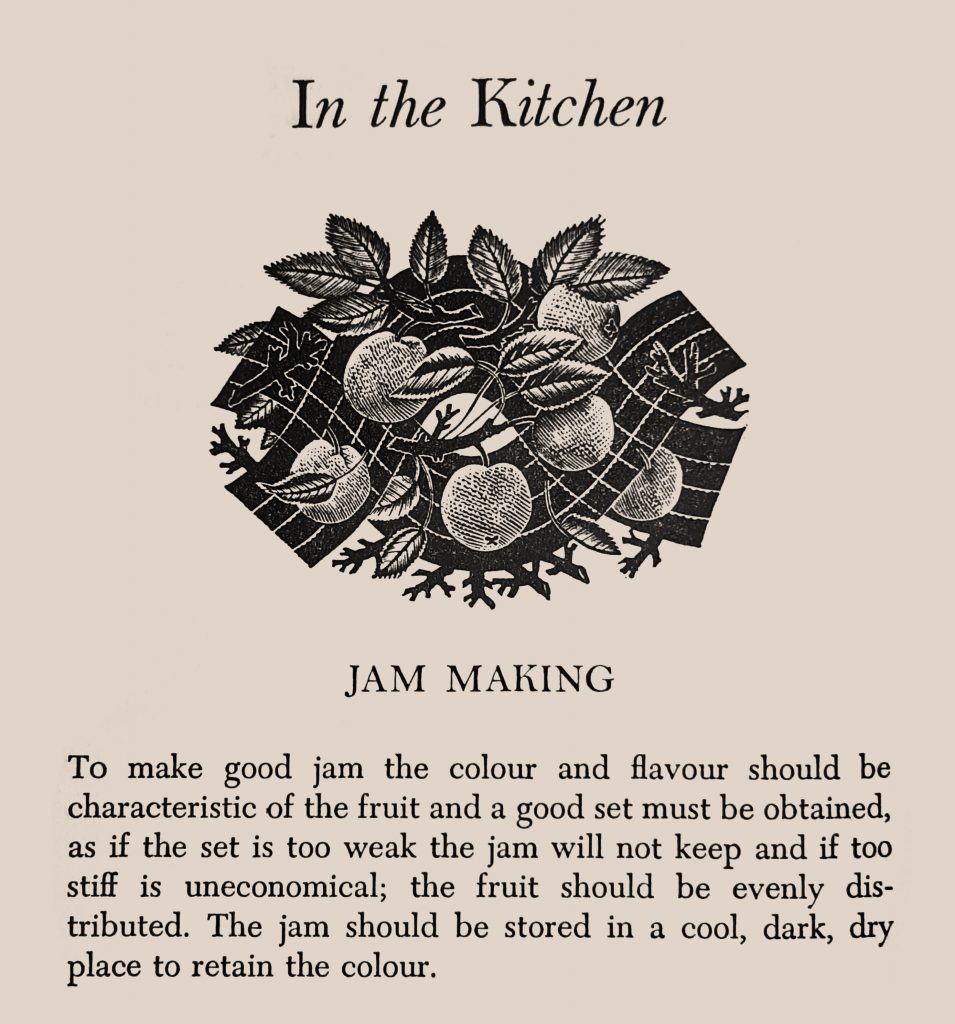
For the chapter ‘Painting for Pleasure‘ uses part of the cover to the BBC Radio Talks Pamphlet on British Art. January 14th – February 18th, 1934.
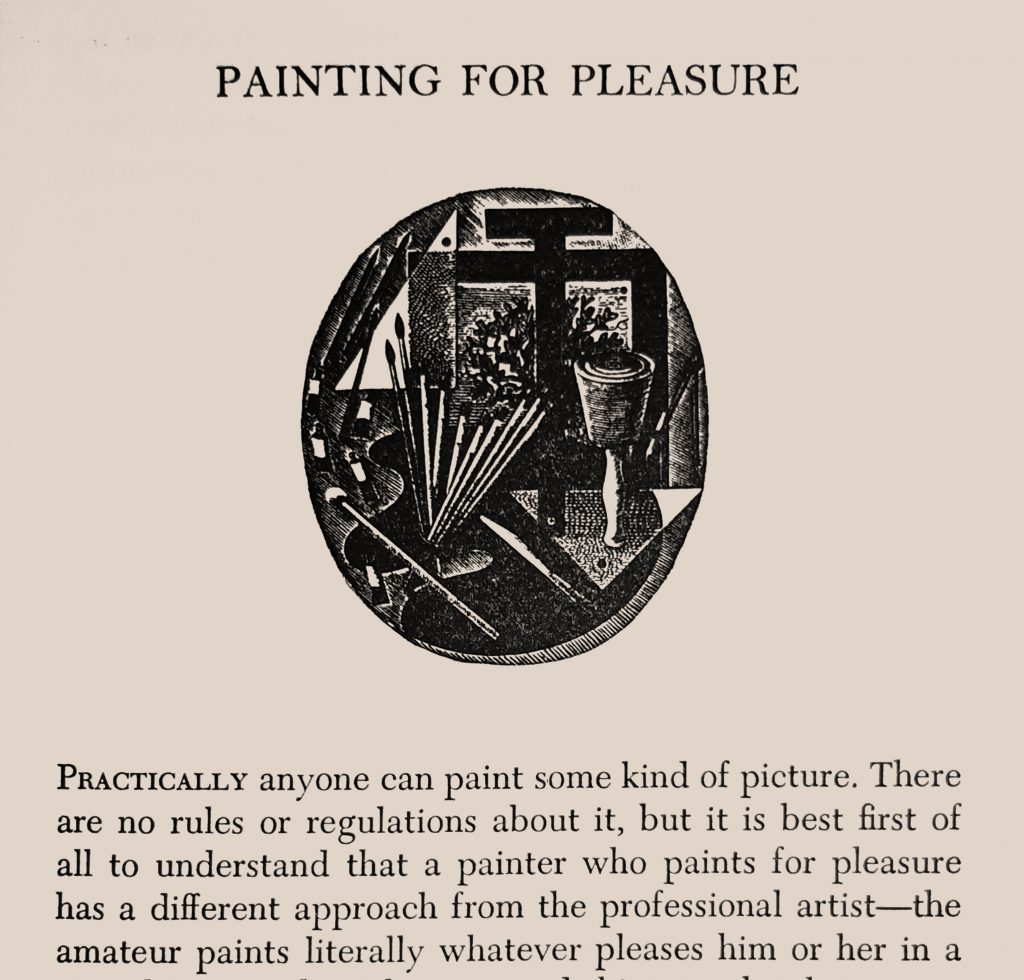

Eric Ravilious – BBC Radio Talks Pamphlet on British Art, 1934
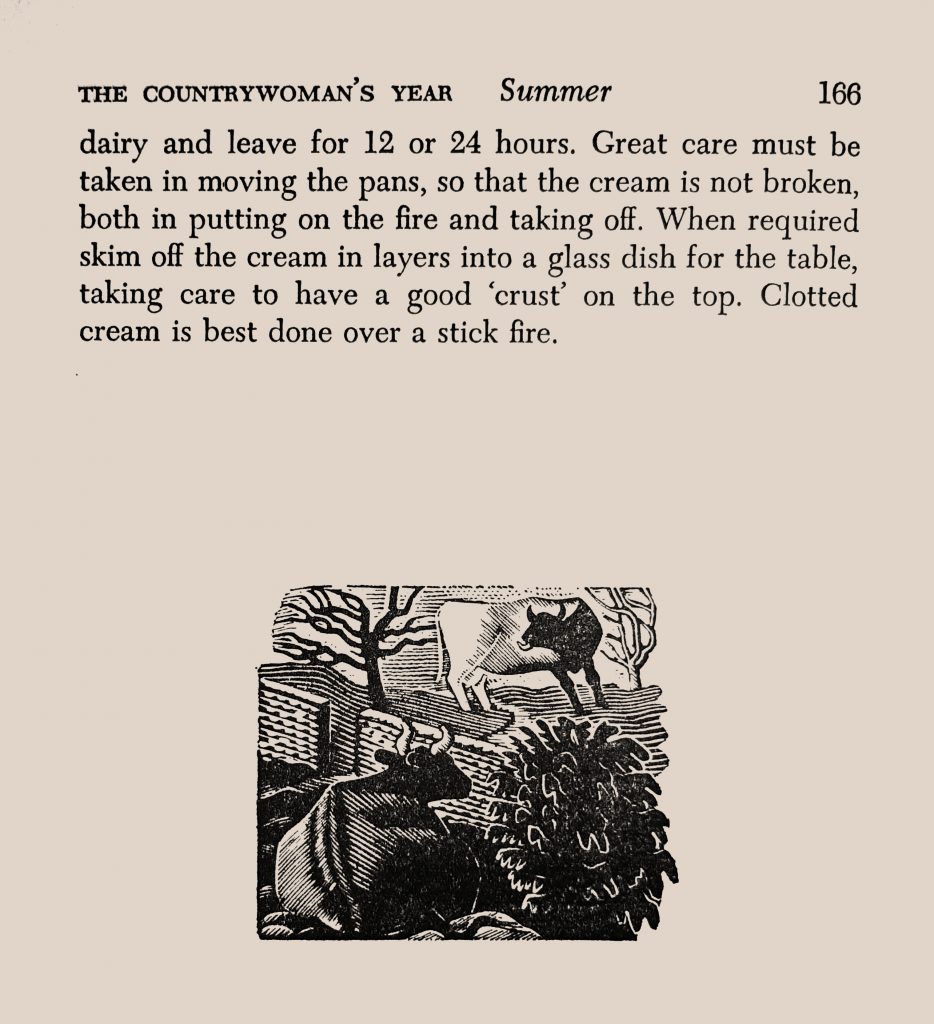
The wood-engraving used above can be seen below, called Two Cows and was used for the cover of a London Transport Walking and touring guide.
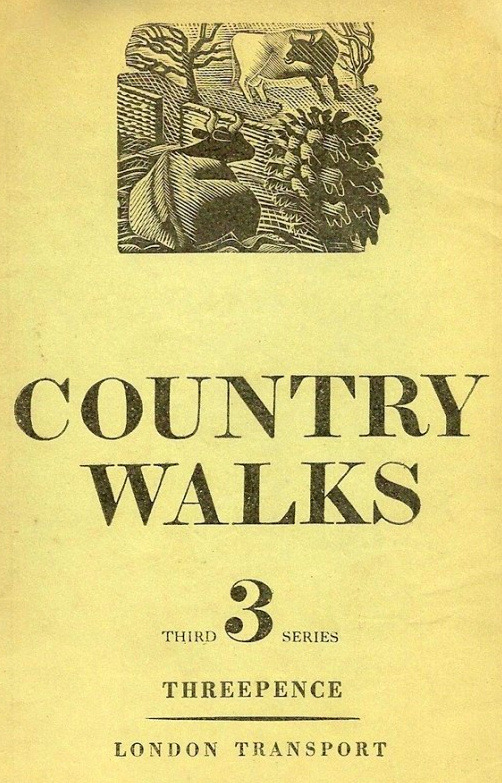
1936 cover to Country Walks, 3rd Series with a Ravilious Design of Two Cows.
Below you can see the work re-cycled into a watercolour also named Two Cows. Here keeping the study of a cow in the same pose and doubling it, both cows are the same tracing but coloured differently.
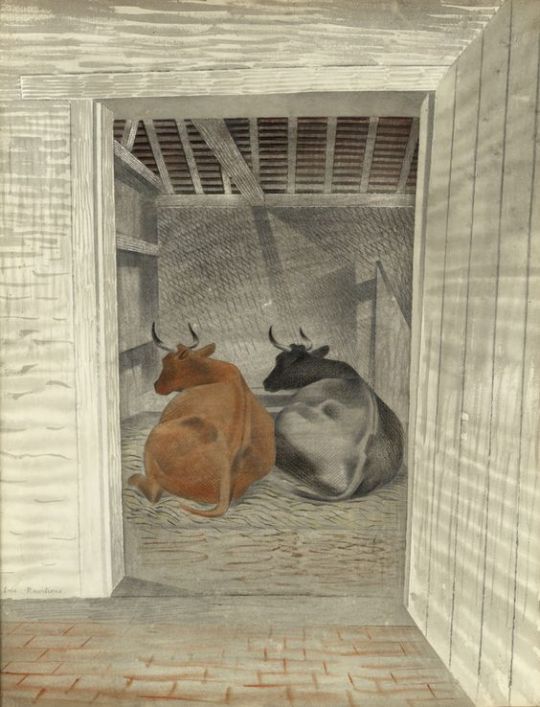
Eric Ravilious – Two Cows, 1936, The Fry Gallery
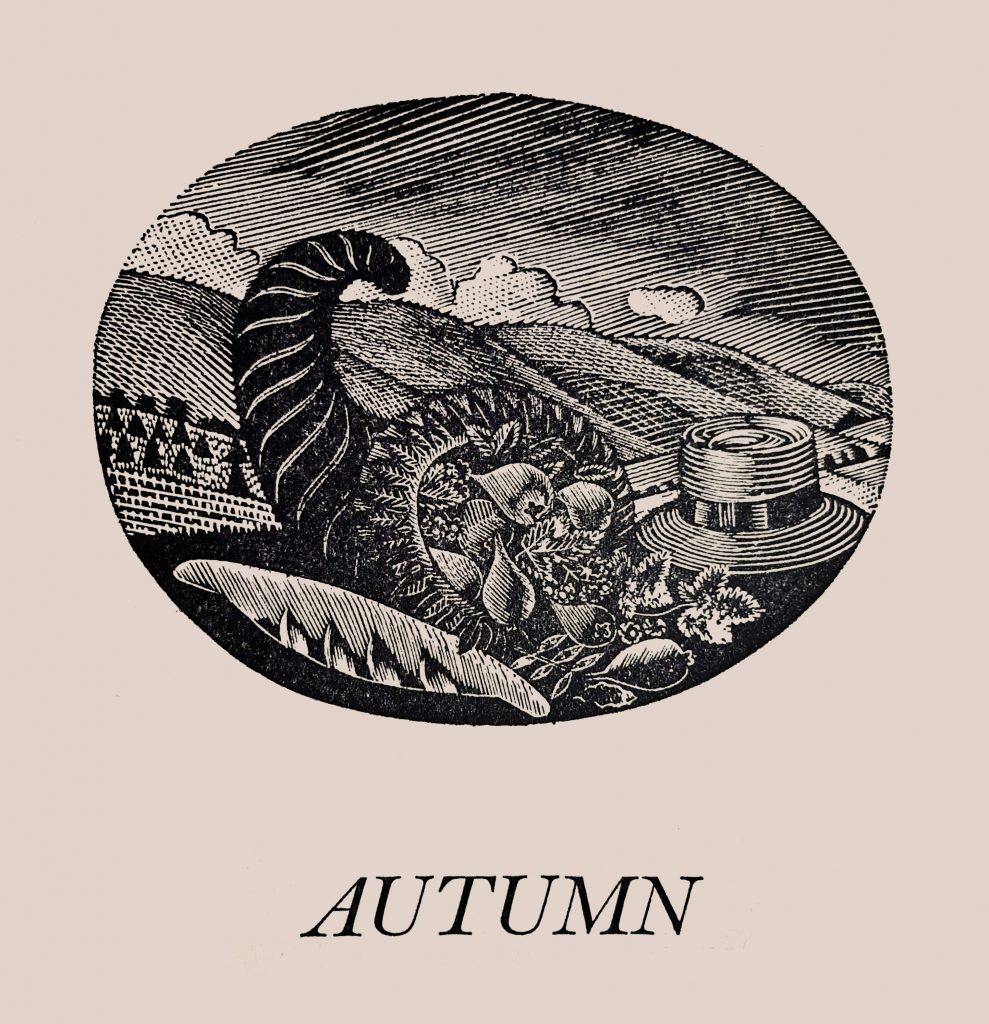
Above and below are both from the Country Life Cookery Book, July (above) and October (below), 1937.

The last little wood engraving was a projected design for a book plate but looks to illustrate a chocolate log and christmas pudding,
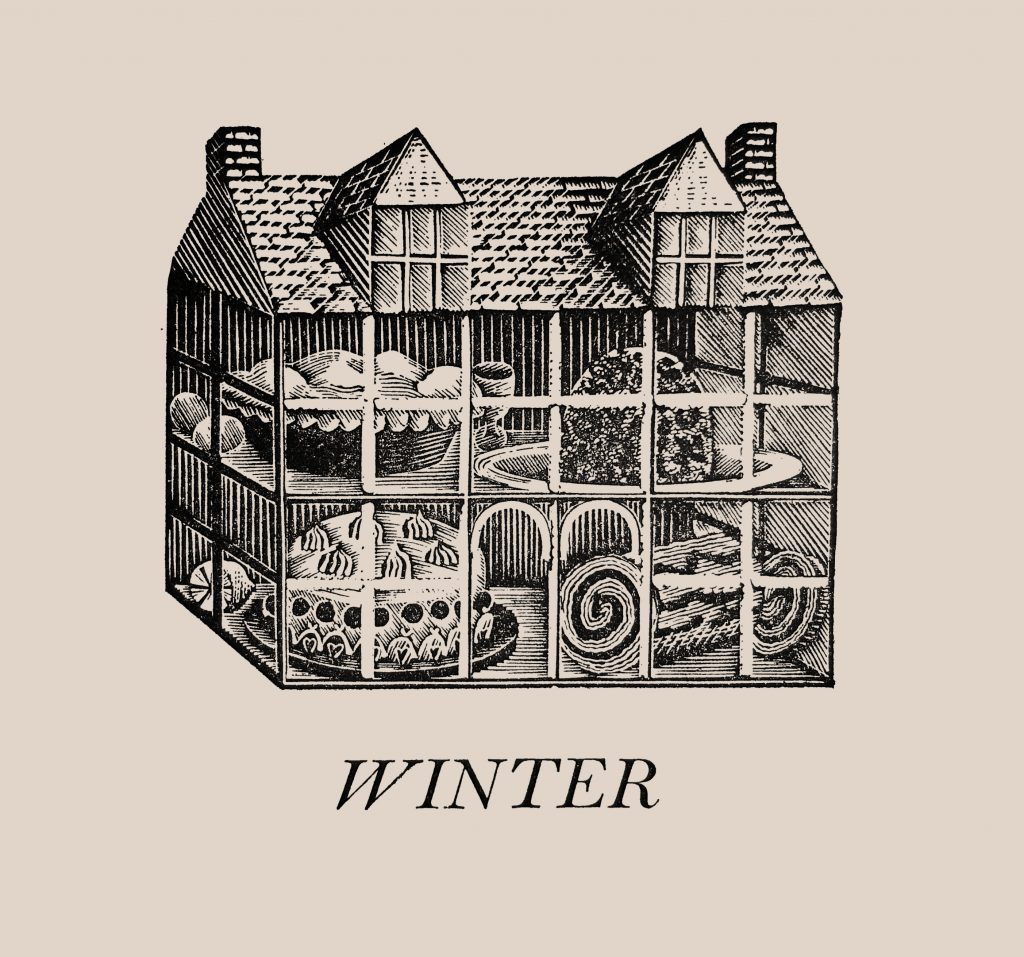
Eric Ravilious – Projected Bookplate, 1937
The editor of the book was Elizabeth Shirley Vaughan Paget, Marchioness of Anglesey, DBE, LVO, Shirley Morgan began her career in the Foreign Office as personal secretary to Gladwyn Jebb until her marriage to Lord Anglesey in 1949. As Marchioness of Anglesey, she served as President of the National Federation of Women’s Institutes 1966–1969, a board member of the British Council 1985–1995, chairman of the Broadcasting Complaints Commission 1987–1991, and vice-chairman of the Museums and Galleries Commission 1989–1996.